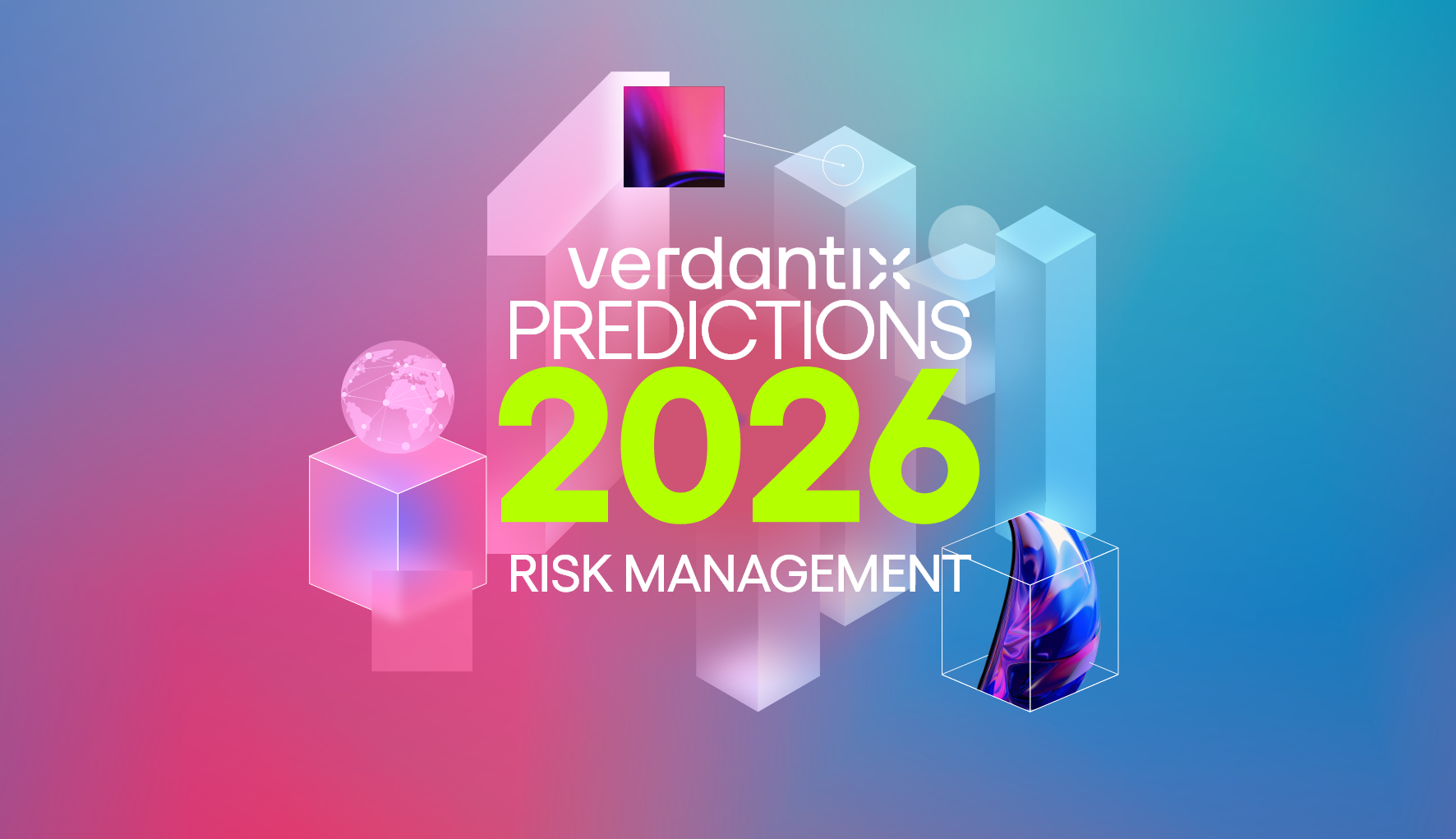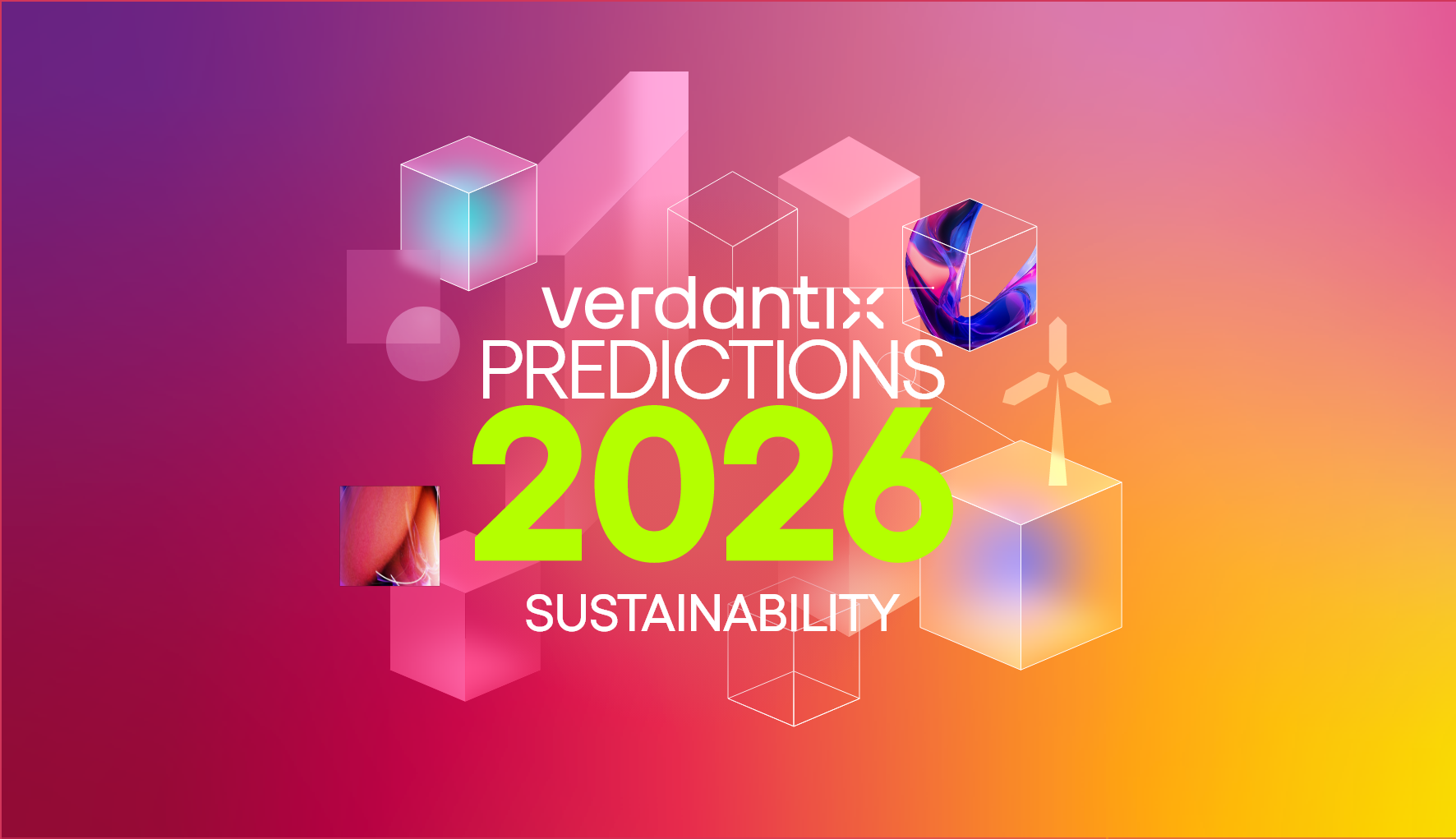The Questions That Plague Us: How Your Organization Can Function In A World That Doesn’t
The fracturing of economic logic. A multilateral implosion. Great powers splintering across borders and new axes forged from the old. Was this all inevitable? If not, then where did we go wrong? These are the questions that plague those who think about global relations – not out of academic interest, but because they reveal the limits of our ability to shape the world into a postmodern order. As risk managers, we have been generally unwilling to ask these questions, fearing that their sheer size would overwhelm our models. But the questions are here now, and we can ignore them no longer.
Earlier this month, Resilience First collaborated with PwC to explore how organizations can endure and thrive amidst the structural disruption of supply lines, geopolitical fragmentation and rapid erosion of information channels. In a gathering of risk managers, civil servants and policy analysts, the discussion focused on how firms can expand their adaptive capacity and strengthen resilience in a volatile geopolitical arena. Key findings from the session highlighted that:
- Resilience happens when you shift from passive forecasting to active preparation.
Rather than relying solely on economic predictions to anticipate inter-state behaviour, flexible systems that incorporate real-time intelligence, on-the-ground knowledge channels and scenario analysis into strategic planning are needed to provide true resilience. For example, after civil unrest close to Mozambique’s Maputo and Matola ports disrupted up to $54 million worth of trade, organizations equipped with localized intelligence plans were able to minimize losses and maintain operational continuity by quickly rerouting shipments. One-dimensional forecasting alone would have struggled to help in this scenario.
- Old resilience models are just that – new threats require new thinking.
As risks change, so must responses. Mitigation systems that do not allow for advanced cyber threats, supply chain interdependencies and interconnected geopolitical scenarios are now obsolete because they cannot capture the complexities and speed of modern disruptions. Instead, organizations need frameworks that can anticipate cascading effects and integrate cross-domain intelligence feeds.
- Transparency and trust are needed for fractured information-scapes.
Since 2010, misinformation and disinformation campaigns have become a significant risk for firms with global supply chains. Now more than ever, transparency at every level of the value chain is critical if organizations are to respond to targeted campaigns while also maintaining stakeholder confidence. This is critical because false narratives from state-sponsored actors have increased dramatically in the last five years. For example, Russian disinformation campaigns against western firms with supply lines across Ukraine have grown in an attempt to panic investors. These campaigns range from accusations of war crimes to false suggestions of organizations abandoning their operations in the country.
- ‘Low exposure’ metrics are increasingly deceiving.
For many firms – particularly SMEs with smaller supply networks in stable regions – risk measurements can suggest ‘low’ or even non-existent exposure to developing geopolitical risks based on one-dimensional metrics, such as low proximity to an event. Not only can this create a false sense of security – as indirect supplier relationships and hidden dependencies become increasingly unpredictable and complex – but it also leads to underinvestment in resilience measures. Ripple effects throughout the global arena, however distant they may seem, can therefore be amplified.
The key lesson for heads of risk and supply chain leaders? Embrace uncertainty as a constant. Only then can resilience practices reach their true potential.
To read more about the growing impacts of geopolitical risks, see the 2024 Verdantix global corporate survey.
About The Author

Tom Murphy
Analyst




